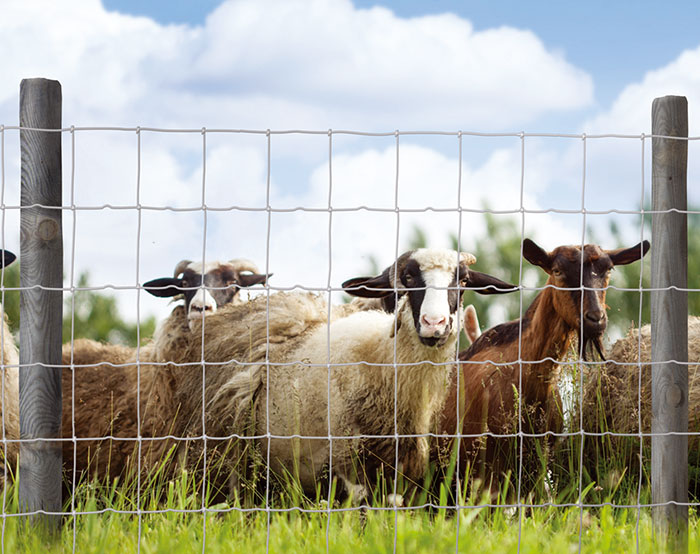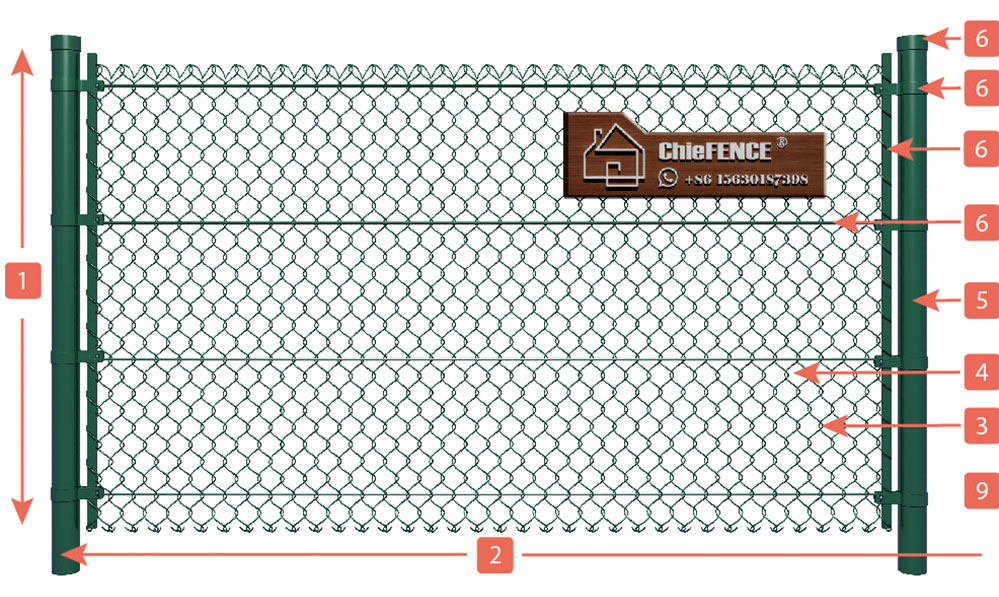If you’ve been in close contact with wild animals while driving — caught a
glimpse of a deer, coyote, or even a large turkey or raccoon on the side of the
road — or worse, an accident caused by hitting a wild animal — then You can
understand how terrifying and dangerous these situations are for pilots flying
multi-million dollar aircraft. Seeing a deer or coyote on the runway before
takeoff may cause a series of heart palpitations and sweaty palms.
Airport Security Fence
The interaction between wild animals and aircraft can lead to personal injury or even death, as well as animal injury and death, as well as costly repairs to damaged aircraft. The Federal Aviation Administration (FAA)-the federal transportation agency that has the authority to oversee all aspects of civil aviation, including safety-has considered preventing wild animals from entering airports as one of its main safety issues.
The first step in solving any problem is to determine the severity of the problem: how many and what types of wild animals can enter the airport, where they come from, what attracts them to the airport, and how much interaction occurs between the airports. Wild animals and airplanes.
The airport is also encouraged to complete the review of the airport's potential use of wildlife and develop a strike prevention plan in accordance with the FAA Advisory Circular 150/5200-38-Protocol. Implementation and review of wild animal hazard field investigation, wildlife hazard assessment and wildlife hazard management plan. If there are multiple wildlife attacks within a certain period of time, or one attack will affect the engine or cause major damage, resulting in aircraft overhaul or replacement, the airport also needs to complete these steps.
These on-site inspections are conducted by professionals who have received such inspections, together with strike data over a period of time, can provide a good understanding of the potential risks of wildlife attacks at each airport.
The next step for the airport is to formulate a wildlife hazard management plan and determine the specific actions that the airport will take to reduce the risk of attacks by wildlife at or near the airport. Possible steps include:
Reduce the habitat of the airport, including water or vegetation (grass and trees) areas;
Monitor airports, runways and taxiways to quickly identify when wild animals enter the airport and resolve the situation; and
If wild animals are identified, measures should be taken to prevent strikes.
Our company also has Airport Security Fence on sale, welcome to contact us.
 As a steel fence supplier, I will share it with you.
Sep. 23, 2021
As a steel fence supplier, I will share it with you.
Sep. 23, 2021
 Chain link fencing is an affordable fencing option that you can use to protect your property and keep your pets and children in your yard. But over time, the chain link fence will rust or even break. In order to avoid this situation, you need to properly maintain and maintain it to extend its life.
Aug. 28, 2021
Chain link fencing is an affordable fencing option that you can use to protect your property and keep your pets and children in your yard. But over time, the chain link fence will rust or even break. In order to avoid this situation, you need to properly maintain and maintain it to extend its life.
Aug. 28, 2021
CONTACT US NOW
Copyright © Hebei Loni ChieFence Metal Product Co., Ltd. All Rights Reserved | Sitemap Technical Support: 